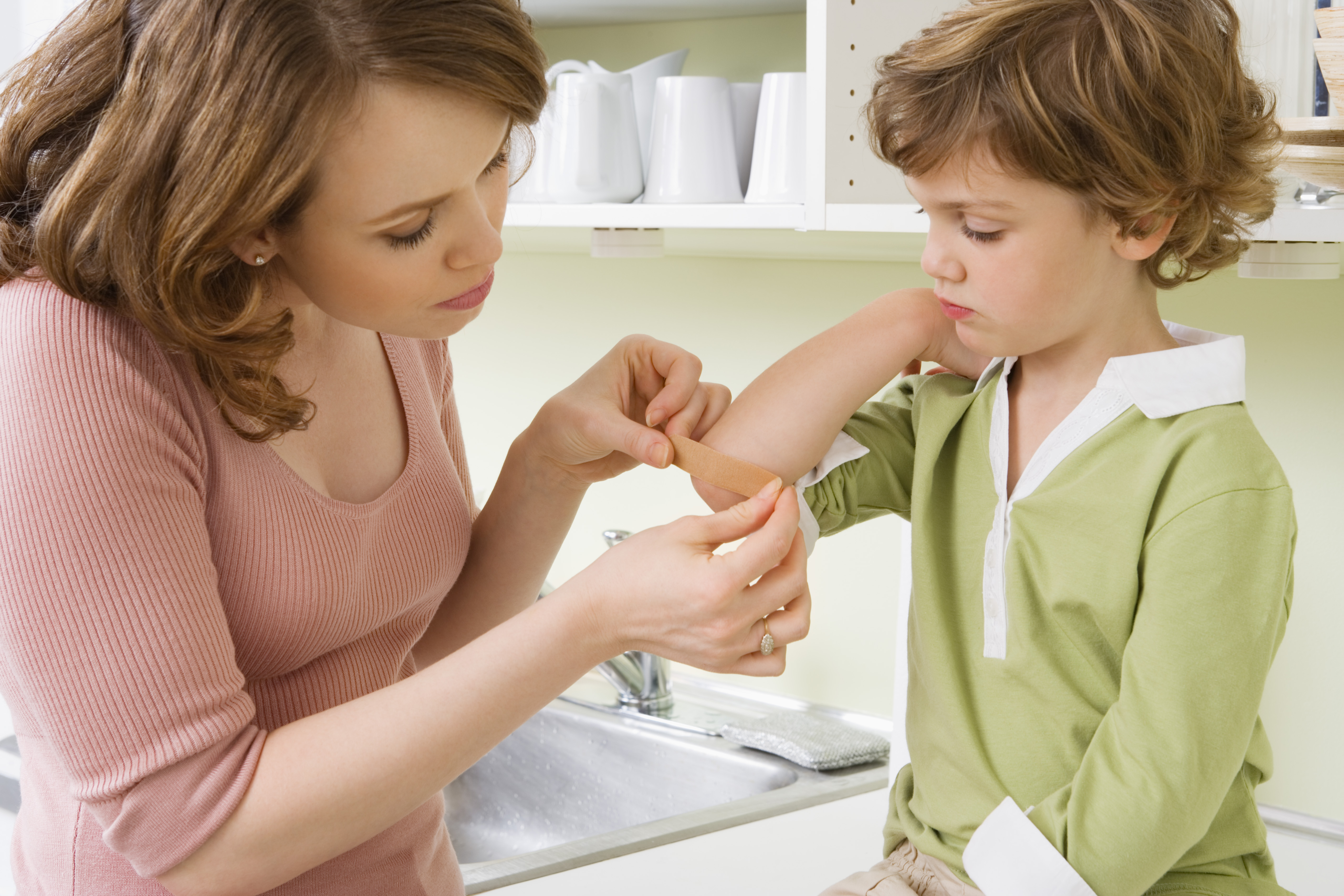4 Quick Ways to Stop Bleeding From a Skin Wound

Everyone has unfortunate accidents now and then which can result in blood loss. However small or large the injury, it’s important to know how to stop bleeding for your own good or in the event you need to help someone else.
Applying Direct Pressure
The first step in dealing with an open wound is to apply pressure. Ideally the person bleeding should be the one to apply pressure, if this is not possible then a second person must help. Use any type of cloth or even clothing and apply the pressure for at least 10 to 15 minutes. The next step is to wash the wound with cold water to avoid infection and to help the blood vessels to constrict and stop the blood flow further. Always remember to use clean hands when dealing with wounds - even wear gloves if possible.
Elevating the Area
The next way to help the bleeding subside from a skin wound is to elevate the effected area. The area should be elevated above the heart, as this helps to slow blood flow to the area that is bleeding. Only elevate the area if it is a leg or an arm. If an area is bleeding on another part of the body, hold that area as high as possible or lie down. Use furniture or other household items to help for support. If the event has taken place outside, try and find anything around that is stable enough to lie on or hold onto.
Serious Skin Wounds
The above two tips will always work for minor wounds - cuts, scrapes, etc. In the unfortunate circumstance you are faced with a deeper wound, different approaches may be necessary. After 15 minutes, if the wound is still bleeding, that is an indication the wounded area will require more attention. The effected person needs to lie on the ground, as this will help to prevent going into shock. Call for help and remove any dirt or debris from around the area. Apply direct pressure and employ the use of pressure points. If the bleeding is excessive, a tourniquet may be necessary to use. Always use a thick strip of cloth to tie around but use this as a last resource as it can also be dangerous.
Rest After the Bleeding Stops
After the blood from the wound has clotted, it’s very important to carefully dress the wound to prevent any bacteria from coming into contact with that area. Resting will also speed up the healing process. The less movement made, the less bleeding will occur as movement stimulates the flow of blood. If you’re looking for new products to help with wound care, CanMedDirect.ca, one of Canada’s top online websites for wound care supplies, carries an array of wound care products.
Dealing with a skin wound can be overwhelming at first, but once the bleeding has subsided, the next step is caring for the area. Remember to apply pressure to the site, try and elevate over the heart, and rest. Retaining these 3 quick solutions will help to ensure there won’t be problems when an accident occurs.

